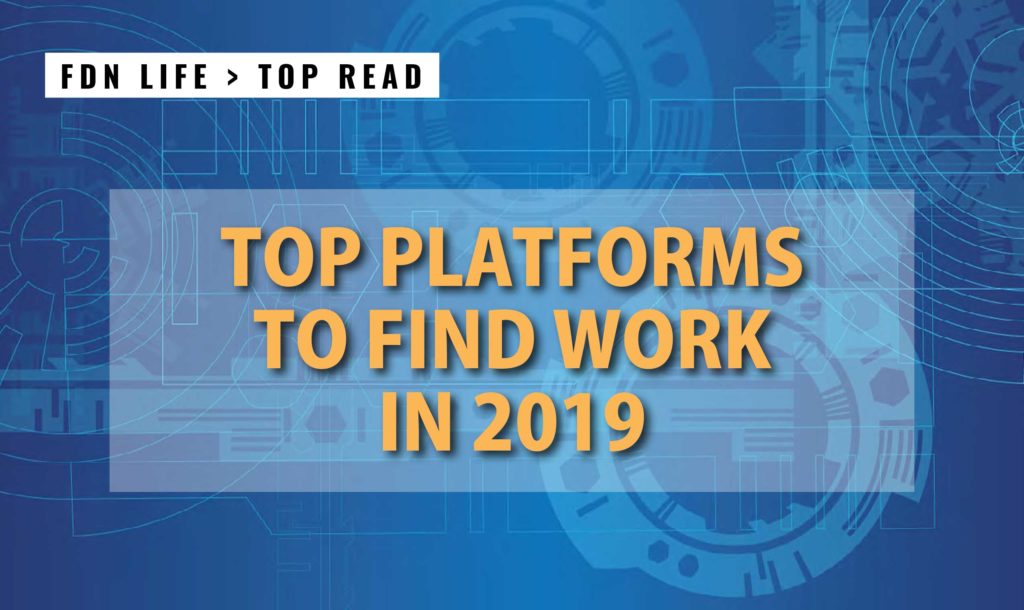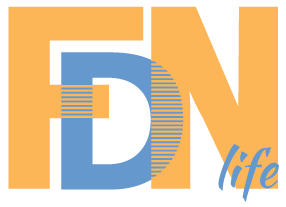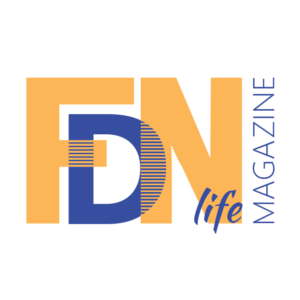
In search of landing your next paid project?
You’re in the right place. It’s time to earn some more money!
WORK & BUSINESS >
FINDING THE BEST PLATFORMS
We searched high and low during the course of May and June for the best job, project or client platforms for FDNs, and we signed up to almost every platform listed here to test things out. We found some new platforms we’d never considered before, while other platforms impressed us more than others. We also collected data and information from fellow FDNs to establish which platforms they used. Our search led us to the following Top FDN Platforms to Find Work in 2019:
TOP PLATFORMS
FREELANCERS & DIGITAL NOMADS
YOUR PERSONAL BRAND, LANDING PAGE OR WEBSITE
Developing your own brand, landing page, and/or website will ensure long-term success. A personal website has proven to be the most valuable asset to FDNs trying to land more clients.
PROs: Use your own website to showcase your portfolio or redirect clients there. That way, you don’t have to pay third-party fees.
CONs: It can be hard work and a headache to maintain a website and regularly add content. Furthermore, in the early days of just setting up a website doesn’t usually get that much traffic to generate clients on its own.
According to our FDN survey, LinkedIn is still the most widely used and most successful platform FDNs use to find clients.
PROs: A professional networking platform where serious entrepreneurs and top talent prefer to post their profiles and seek full or part-time work. Freelancers and digital nomads tend to use the platform for cold emailing or direct messaging.
CONs: The annoying aspect is that you have to sign in before you are able to see anyone’s profile. There is also the issue that even when a profile is deleted, you still receive promotional emails.
Positioning itself as one of the top companies offering the world’s top 3% of freelance talent, Toptal has managed to put together a quality platform for clients and freelancers alike.
PROs: Work with a team of freelance experts and project managers on larger projects with known companies and startups. Earn good income since projects are often high-paying compared to those found on Upwork or Freelancer.com.
CONs: Individual screening and selection of freelancers can be a tough process that takes up to two weeks or more. Positions are usually limited to the design, website, and development fields.
Are you a writer in need of quality, well-paid work? We have found Freedom With Writing to be one of the best resources for securing quality writing work. It’s not a platform per se but puts together a list of all the magazines, companies, newspapers, agencies or businesses in search of writers. Sign up to receive a weekly newsletter with their top writing gigs.
PROs: You don’t have to spend hours searching the internet for quality writing jobs. Freedom With Writing puts together a list of the top-paying writing jobs and emails these to its subscribers.
CONs: So far, we haven’t found any issue with the platform. Thumbs up all the way!
Good platform for freelancers in the scientific and academic arena, with jobs available in research, writing, editing, and analysis.
PROs: Quality projects from clients who understand that value costs more than the run-of-the-mill fees paid on other platforms and don’t mind rewarding freelancers for delivering quality work. The backend interface is similar to WordPress and is easy to use and apply for projects.
CONs: You can only update the My Publications section through your account with ORCHID. Would be great if each freelance researcher could add these manually. Not everyone is interested in maintaining an ORCHID account.
Currently one of the largest marketplaces that connect clients with freelancers, with a variety of projects available in almost any niche you can think of. Though there have been various issues and problems recently with Upwork, such as difficulty in joining the platform and the new membership payment structure that charges freelancers per Connect (bids), Upwork is still one of the largest platforms with a huge number of clients posting projects daily.
PROs: Large platform with millions of clients and project types available. Payment protection through escrow and milestones. Work from anywhere in the world, and connect with clients through the safety of Upwork’s message system.
CONs: Difficult to create a new profile and get approved due to the enormous number of freelancers. Be prepared to sacrifice part of your project income per client by having to pay Upwork fees, currently set at 20% on projects below $500, 10% on $501-$10,000, and 5% if above $10,000. Connects (bids) cost $0.15 each. Competition is fierce, especially in the graphic and website design niches. Expect to compete against 50 – 120 other freelancers bidding on such projects.
List your service, such as website design or writing, and get paid by the hour. People Per Hour connects dedicated freelancers from anywhere in the world with businesses or individuals in need of a particular service. Choose between anything from writing, editing, and translation to software development, video editing, and graphic and website design.
PROs: Connect to clients from around the world and get paid for your work. Your services are listed as in an online directory, which makes it easy for clients in search of a particular type of work to find freelancers that specialize in what they need.
CONs: Profile approval is not automated but takes up to seven days if you opt for the free account; otherwise, you can pay 10 pounds to fast track it. Quite difficult to land clients. You will need to create standout cover images for your services and spend quite a lot of time updating your profile.
One of the first marketplaces to connect freelancers and clients, Freelancer.com is one of the largest platforms for finding project-based work paid via milestones or a time-tracking application. If you have the time, you can compete in a contest in anything from writing and editing to graphic design, website design, and creative innovations or competitions hosted in collaboration with NASA.
PROs: Huge client base, with numerous projects posted daily. The platform has a user-friendly interface, and signing up for an account is quick and easy. Newbies can compete in contents to help them build up a portfolio and earn reviews to add credibility to their profile.
CONs: In the past, bids used to be free, but now you have to buy them and/or sign up for a higher-tier freelancer account with monthly fees. The competition is huge here, with clients often receiving hundreds of bids on their project. Lots of scammers and cons tend to hang out here too, so beware of scam projects. Don’t do any work for free.
Offer your services, work on one-on-one projects or compete in a contest – Designhill offers all three. The platform is said to boast 50,000 clients, with numerous quality designers available to work on web, logo or graphic design projects.
PROs: Easy to sign up for an account, though the process of filling out your profile and bio details can take time. Clients have to adhere to posting projects at the indicated minimum rate determined by DesignHill, which is great for freelancers who are often subject to ridiculously low project earnings on other platforms. The competition is much less since there are not that many freelancers competing, especially on contests.
CONs: With a free account, you have to compete and win five contests before you can become a “top designer’” and be allowed to work on any project you want or sell your one-on-one services. Alternatively, you can pay the fee for a higher-tier designer package.
If you are a graphic, website or logo design expert, join 99 Designs. Beware, though, 99 Designs is a contents-based marketplace, so you might spend hours on free design work without the guarantee of winning the contest. From the client’s perspective, it’s quite nice to have multiple designs submitted from which to choose.
PROs: Large client base, with competitive contest fees.
CONs: Might be a good option for a newbie designer who doesn’t yet have a portfolio or who wishes to gain some experience. However, for established designers, it could be a waste of time to spend hours on free design work, unless you are an exceptional designer.
Though we don’t advise wasting time on personal social media while working, finding jobs through social media business pages or within groups can prove lucrative for some FDNs.
PROs: Connect in real time with clients and negotiate projects privately. You retain all the income since you don’t have to pay any third-party fees.
CONs: Guard against scammers and working without an agreement with your client. There have been many instances of fake or scam projects being presented on social media. Use a private payment platform, such as AND.CO, to get paid via milestones, time-tracking or to receive a deposit.
TOP PLATFORMS
REMOTES
Claiming to be the largest remote work community in the world, We Work Remotely is a trusted job-searching resource for remotes.
PROs: Fantastic platform, especially for software engineers and developers, since a large number (if not the majority) of work available is in the developer niche.
CONs: There are not that many work postings available yet, with most being in the development field.
Excellent platform that connects Fortune 500 companies and startups with remote women who are tech savvy and in search of companies that are gender inclusive and value the contribution of women.
PROs: Attractive-looking platform, well-developed user interface, and one can apply directly to the employer. Selection of remote and full-time positions available.
CONs: We recently signed up with them, with no issues so far except that some jobs are restricted to USA candidates, so a bit tougher for internationals to find a remote job. But we will keep tabs on things over the next few months and keep you informed.
A straightforward, easy-to-use website where companies, startups or employers list their remote jobs.
PROs: Easy to use; no need to sign up for an account. No third parties; apply directly to the email or website link provided by the employer.
CONs: If you are a company or employer, it can be quite pricey to post a job.
Find a selection of remote, flexible, part-time or freelance jobs on the Flexjobs platform. There are over 50 career categories listed, with professional jobs posted each day.
PROs: Even entry-level remotes or freelancers can find jobs here. Initial sign-up is quick and easy.
CONs: There seems to be no free account option; after signing up, you are redirected to a purchase page and have to choose between a 1-month ($14.95), 3-month ($29.95) or 1-year ($49.95) subscription option. Pity that there is no trial period to test things out.
If you are into telecommunications, give Virtual Vocations a try. This platform connects remotes with hand-screened telecommuting jobs. Choose between a free account or premium subscriber options.
PROs: Worthwhile for serious candidates in search of telecommunication jobs. They also have a money back guarantee if you are not happy with their service.
CONs: Partial access to database with a free account. You need to buy monthly ($15.99), quarterly ($39.99) or 6-monthly ($59.99) to gain full access.
So, there you have it. Our selection of top platforms for FDNs this year. Happy earning!
BONUS
4 TIPS FOR CREATING AN AWESOME PROFILE
1 – HEADLINE
Create a headline that best defines what you do. If you are an expert in your field ensure to focus on it. Example: Expert Startup Consultant & Business Coach – Proven Track Record With Over $1,000,000 Startup Capital Generated To Date.
2 – PROFESSIONAL PHOTO
Since freelancers don’t meet their clients face-to-face most freelancers forget that first impressions still influence a client. Many a client have confessed to skipping over an application because of a freelancers’ profile picture not indicating a professional demeanour. Add a professional or quality profile photo that shows your face and conveys a positive vibe. (Ps. The photo should be of yourself . . . Not your mom, girlfriend/boyfriend, best friend or new dog.)
3 – NAME & FAMILY NAME
Though indicating your family name is not all that important, it is imperative to use your real name(s) and not a fake one. Especially if working privately and when having to sign an agreement with your client. Most Agreements require an accompanying identity document from both parties. Imagine having to explain to your client why the name on your ID differs from that listed on your profile . . .
4 – BIO / DESCRIPTION
Make it as easy as possible for a client to understand what you do. Cut to long descriptions short and incorporate your description with headings, sub-headings and bullet points.
SUBSCRIBE TO
FDN LIFE NEWSLETTER!
Join our mailing list to receive the latest news, information, and special offers.


















